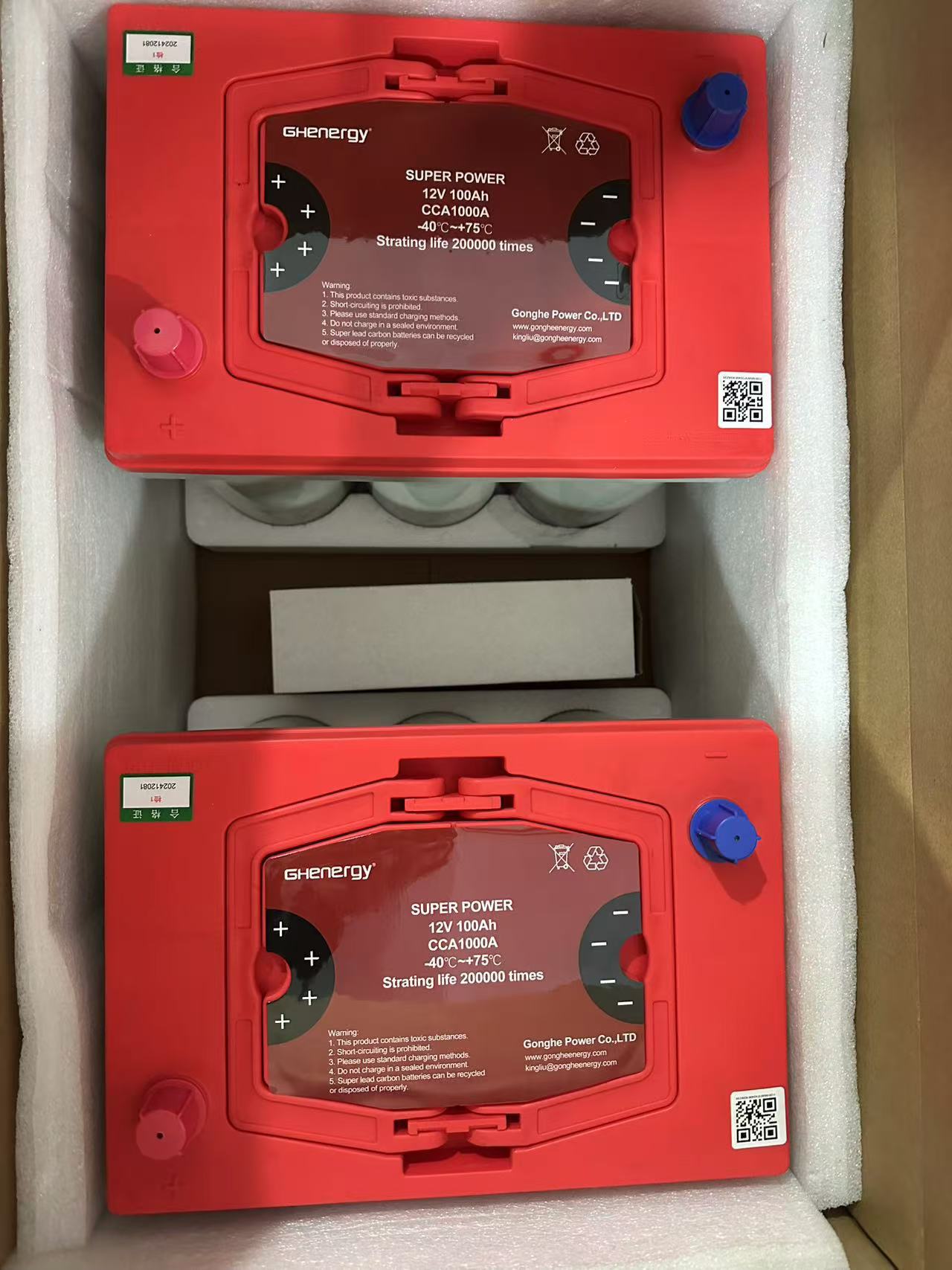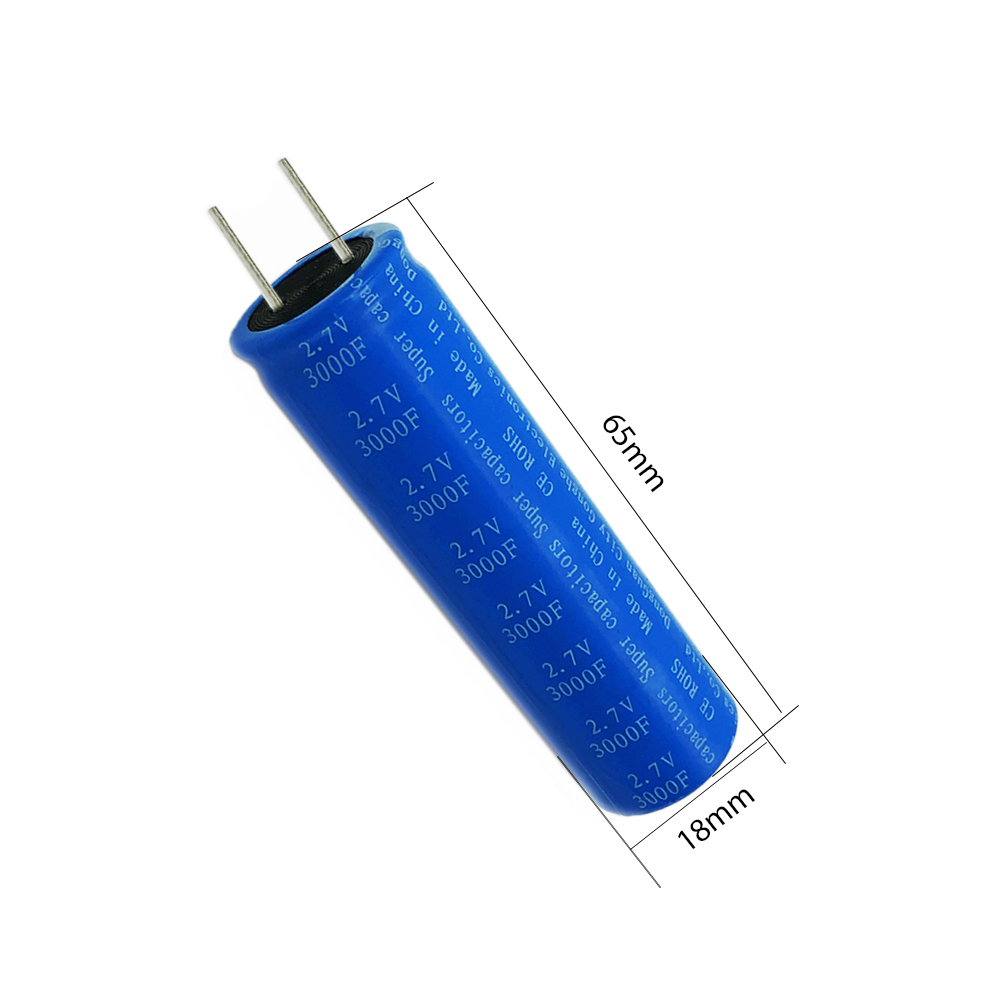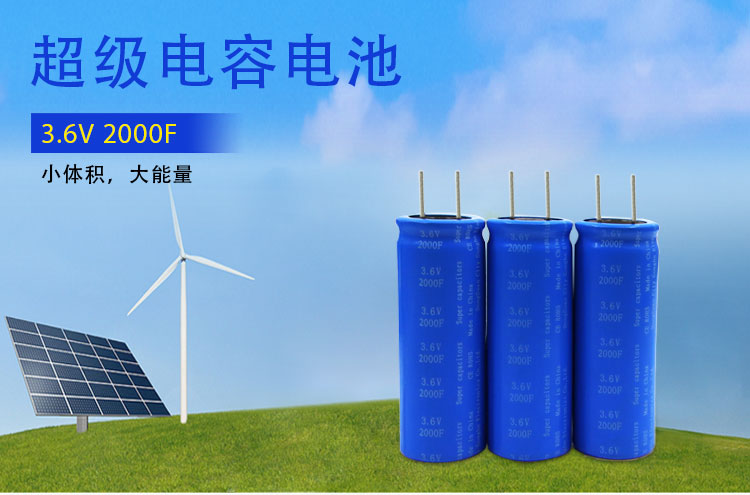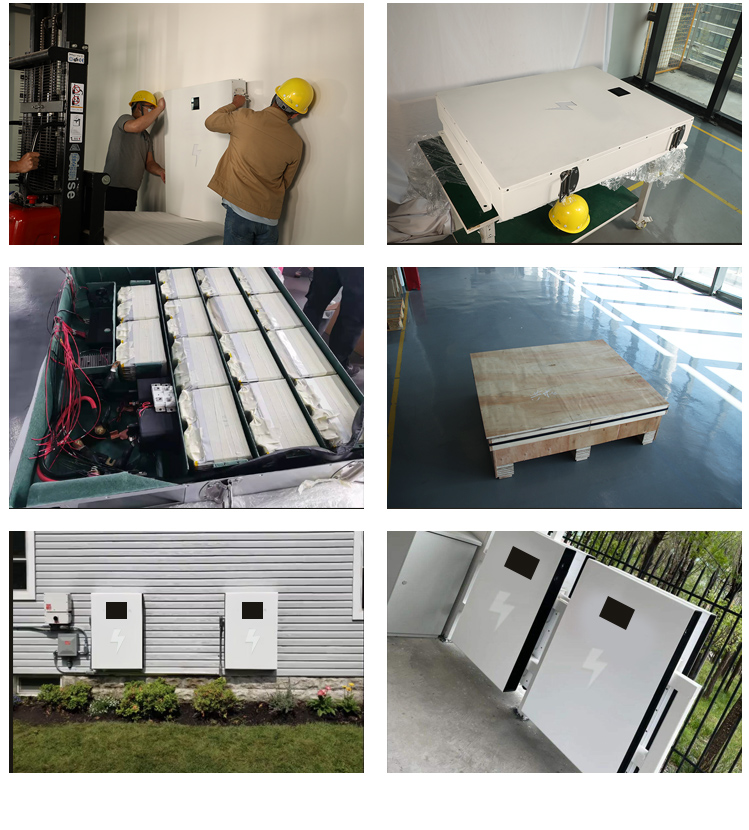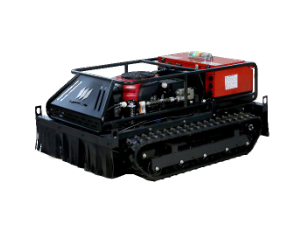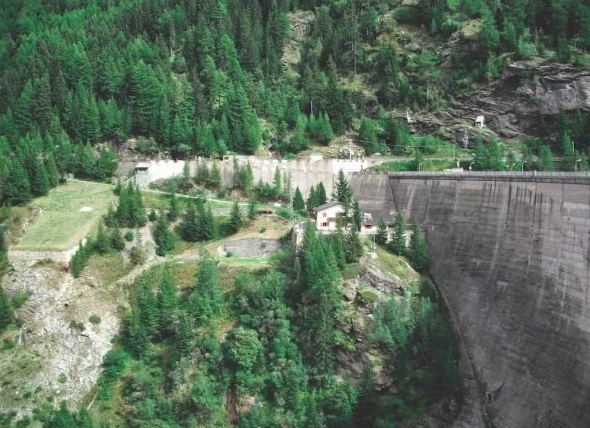
Beauregard Dam, a gravity arc contruction, before the partial demolition which reduced the dam from 72 meters height to 20 meters height – Valgrisenche Village, Aosta Valley Province, Italy
Wedoany.com Report-Feb 13, Italy has a long tradition in the construction and management of dams. In modern times, their construction accompanied the industrial development of the country after the First World War and was consolidated after the end of the Second World War in 1945. A slowdown in construction can be noted after the dramatic and well-known Vajont dam disaster which marked a turning point in Italian energy strategies with an acceleration of the transition of electricity production from hydraulic sources to fossil fuels.
The average age of Italian dams has exceeded 65 years. Hence the need to implement rehabilitation interventions in order to keep these structures operational, and providing essential basic services of water supply for drinking and irrigation, power generation and other complementary uses (flood control, recreation, firefighting, etc.). ITCOLD has monitored the progression of rehabilitation interventions over time and reported details of their type in a technical bulletin.
Rehabilitation concerns approximately 30% of Italian large dams, many of which have hydroelectric purposes (approximately 60% of the total). The motivation can be traced back to the greater economic availability of the private sector compared to the public. The cost of individual interventions is highly variable but always less than 10% of the reconstruction value of the works. It should be noted that environmental and anthropic factors, limitations in the availability of exploitable sites, as well as economic reasons have so far made the possibilities of building new dams problematic.
Rehabilitation interventions
Considering the average age of Italian dams and the aforementioned difficulties related to the construction of new works, rehabilitation interventions to keep them in operation are a decisive factor. An emblematic case of intervention in recent years concerned the Beauregard dam, a large structure owned by the CVA company of Aosta Valley. The 132m high arch-gravity dam, with a crest length of 408m, a thickness of 45.6m at the base and 5m at the crest with an original reservoir volume of 70Mm3 was completed in 1958.
Since construction, the monitoring system has highlighted the presence of a clear relationship between the reservoir level and the speed of movement of the Deep-Seated Gravitational Slope Deformation (DSGSD) located on the left bank of the valley. Consistent with the movement of the left bank, the dam moved upstream due to the pressure of the slope against the dam vault, resulting in cracks appearing on the downstream dam face. Taking into account the possible long-term safety implications, the dam owner decided to launch an in-depth investigation with the aim of finding the most suitable and long-term solution to the problem. Based on the investigations carried out on the left slope and on the structure, and also thanks to the results obtained with the numerical modelling conducted by the authors of this article, the partial demolition of the upper part of the structure was the definitive solution chosen for the rehabilitation project.
The demolition, carried out by explosives from spring 2013 to autumn 2014, lowered the crest level from 1772m to 1720m above sea level. Each operation required approximately 800kg of explosives for the destruction of 2500m3 of concrete.
Technical Committee
ICOLD’s Technical Committees aim to establish a fruitful connection between the state-of-the-art in the various sectors concerning dams and the research and innovation activities being developed in each country.
The ICOLD Technical Committee A (TC-A) called the Computational Aspects of Analysis and Design of Dams was established as an ad hoc committee in 1989, and became a technical committee in 1994. Effectively it introduced the use of numerical modelling in the world of dams as a tool to be used in the design and safety assessment of dams under operating or exceptional loading conditions, such as seismic action. Indeed, the increasingly widespread use of computational methods, and of the Finite Element Method in particular, has benefited from the parallel evolution of computing power.
Over time, the committee has carved out an increasingly important role within ICOLD thanks to the leadership of Michele Fanelli and subsequently Gabriella Giuseppetti, Alain Carrére and Ignacio Escuder. Since 2017, the responsibility of leading this team of extraordinary expertise has been entrusted to Guido Mazzà. Currently, this committee has 41 members from 32 Countries. During the last mandate, the most important activities, in continuity with the past, have concerned the organisation of three Benchmark Workshops held in Stockholm (Sweden, 2017), Milan (Italy, 2019), Ljubljana (Slovenia, 2022). Furthermore, the Technical Bulletin Non-Linear Modelling of Concrete Dams was issued during the ICOLD Annual Meeting in New Delhi (India, 2024).
In New Delhi, the baton of the TC-A leadership passed to Antonella Frigerio who has been collaborating with the committee for several years. The new chair has the task of overseeing the completion of the two ongoing bulletins (which aim to capitalise on the main results obtained in the 16 benchmark workshops held so far on numerical analysis applied to dams of different types), of supporting the organization of the 17th workshop, to be held in Sofia (Bulgaria) from 9 to 12 April 2025, and of defining the new Terms of Reference of the TC-A for the ICOLD Annual Meeting in Chengdu (China, 2025).
